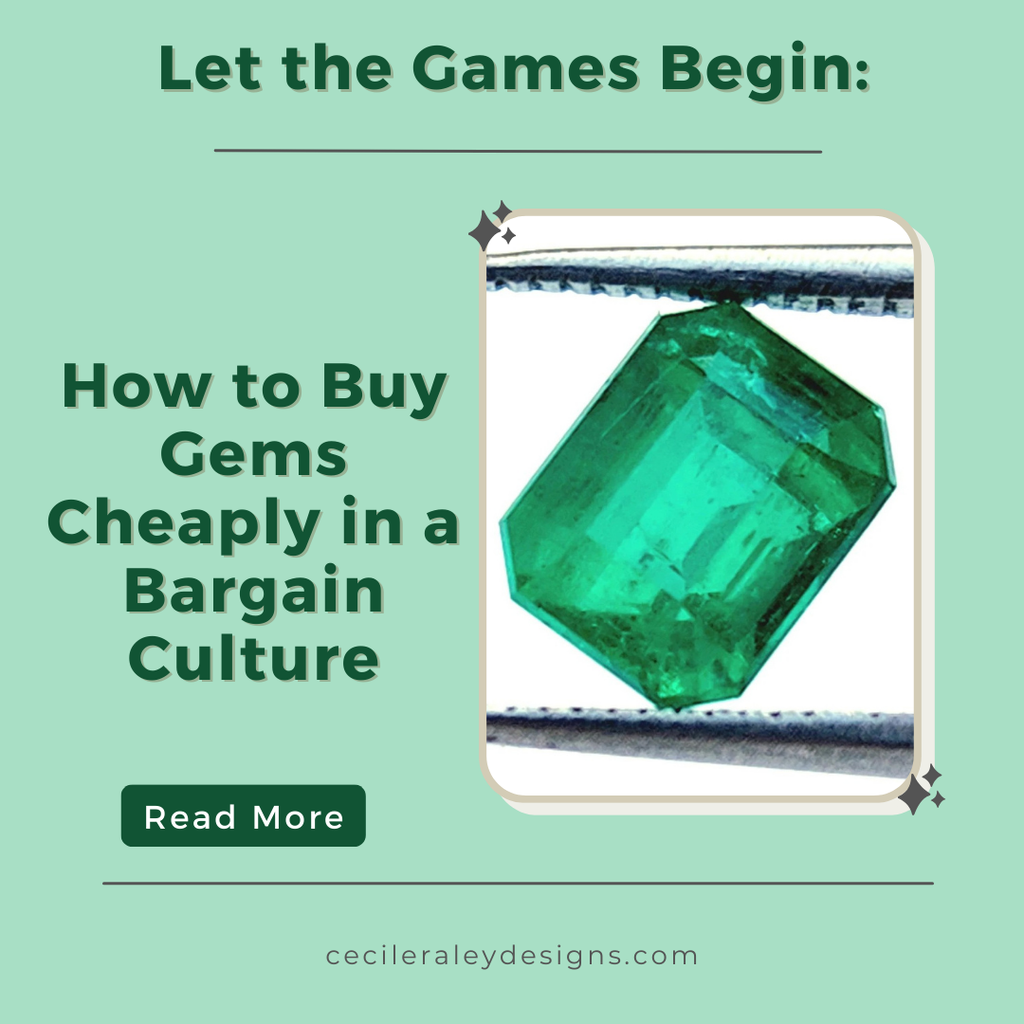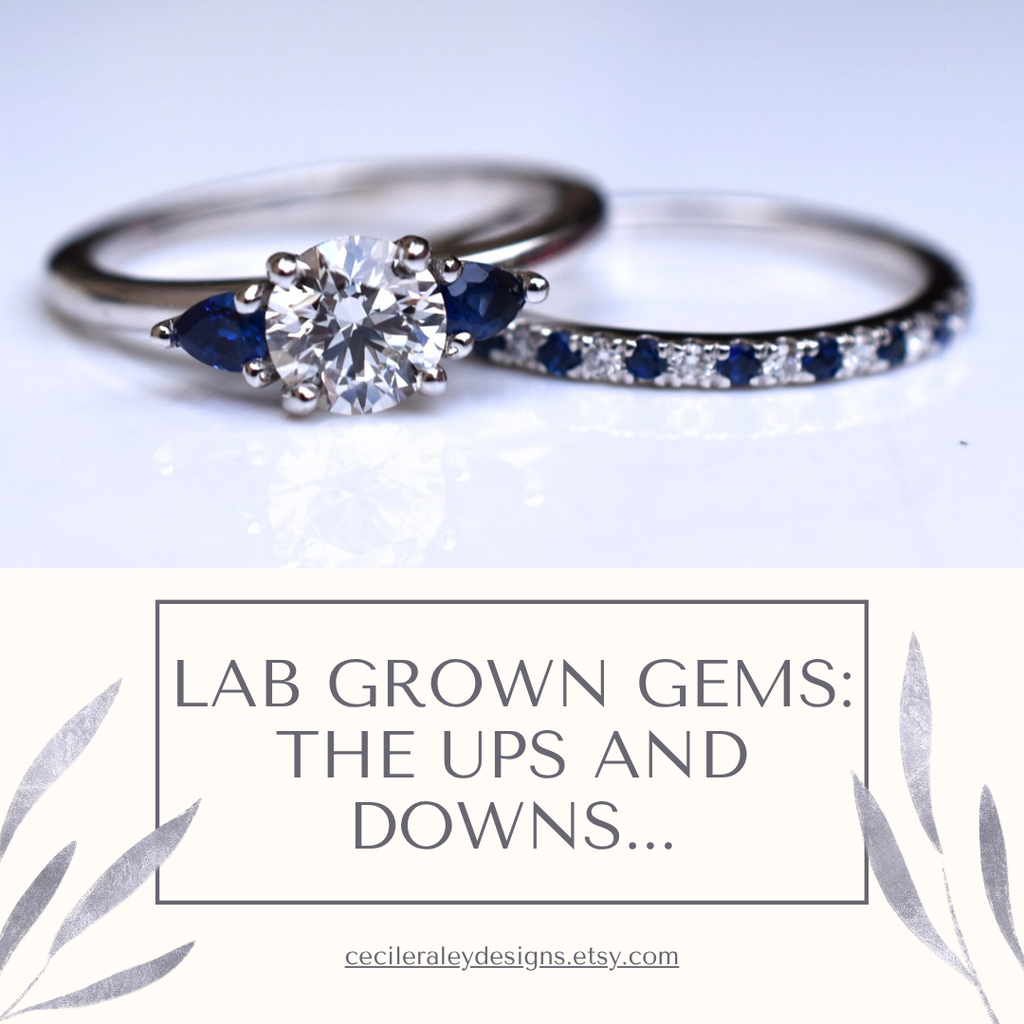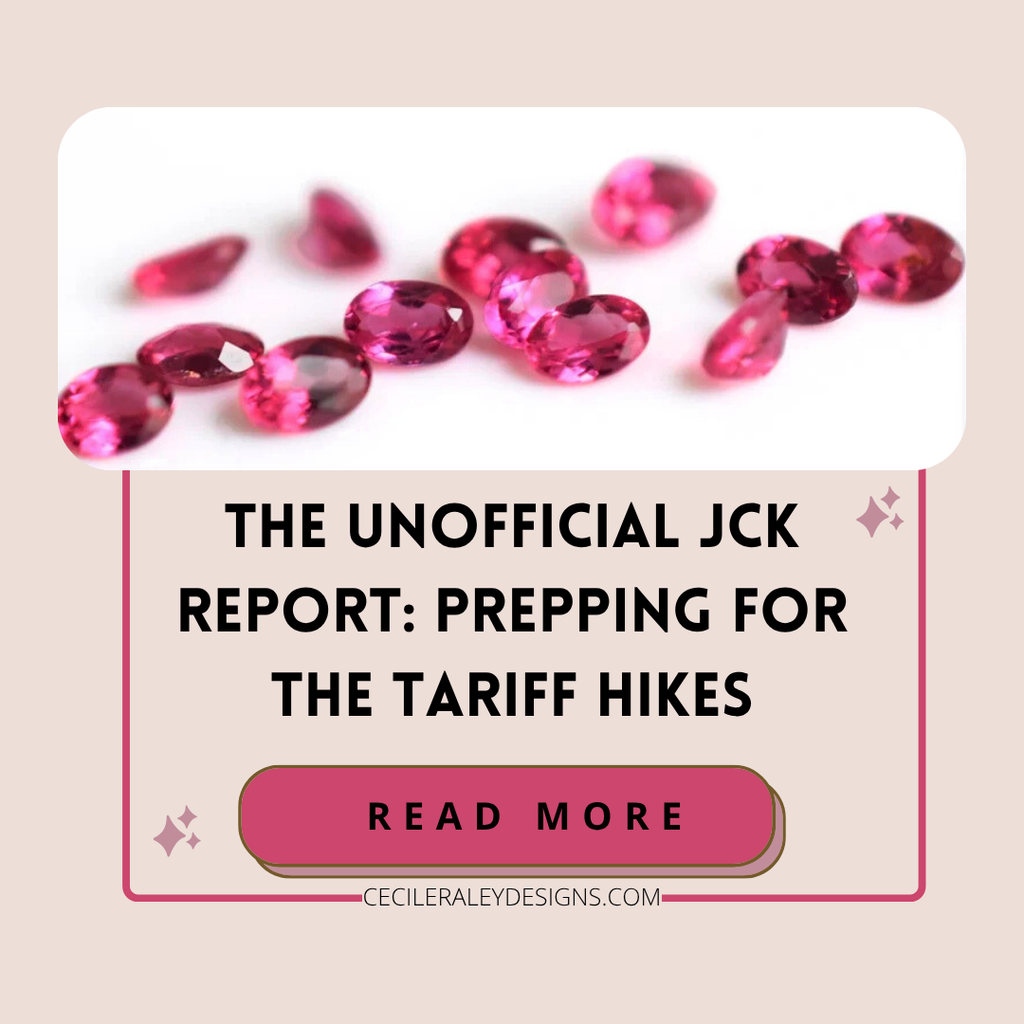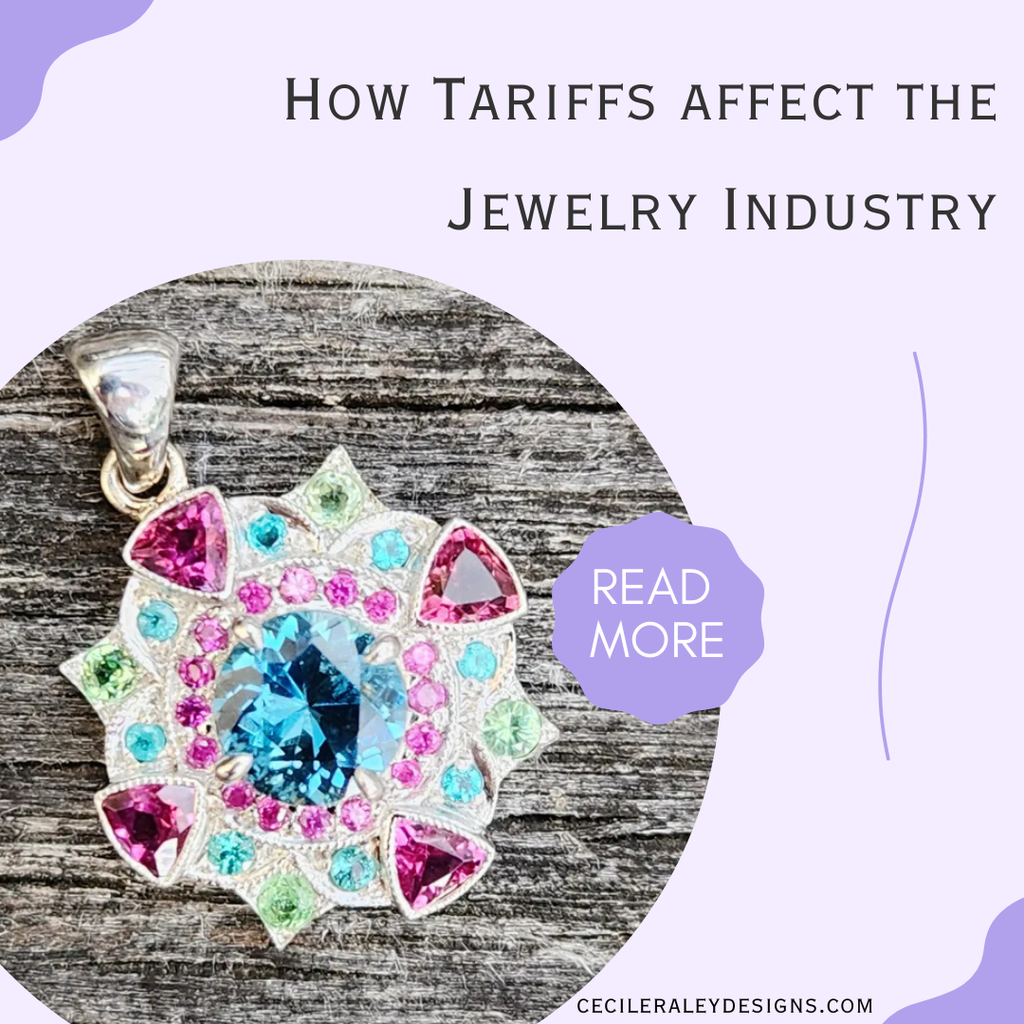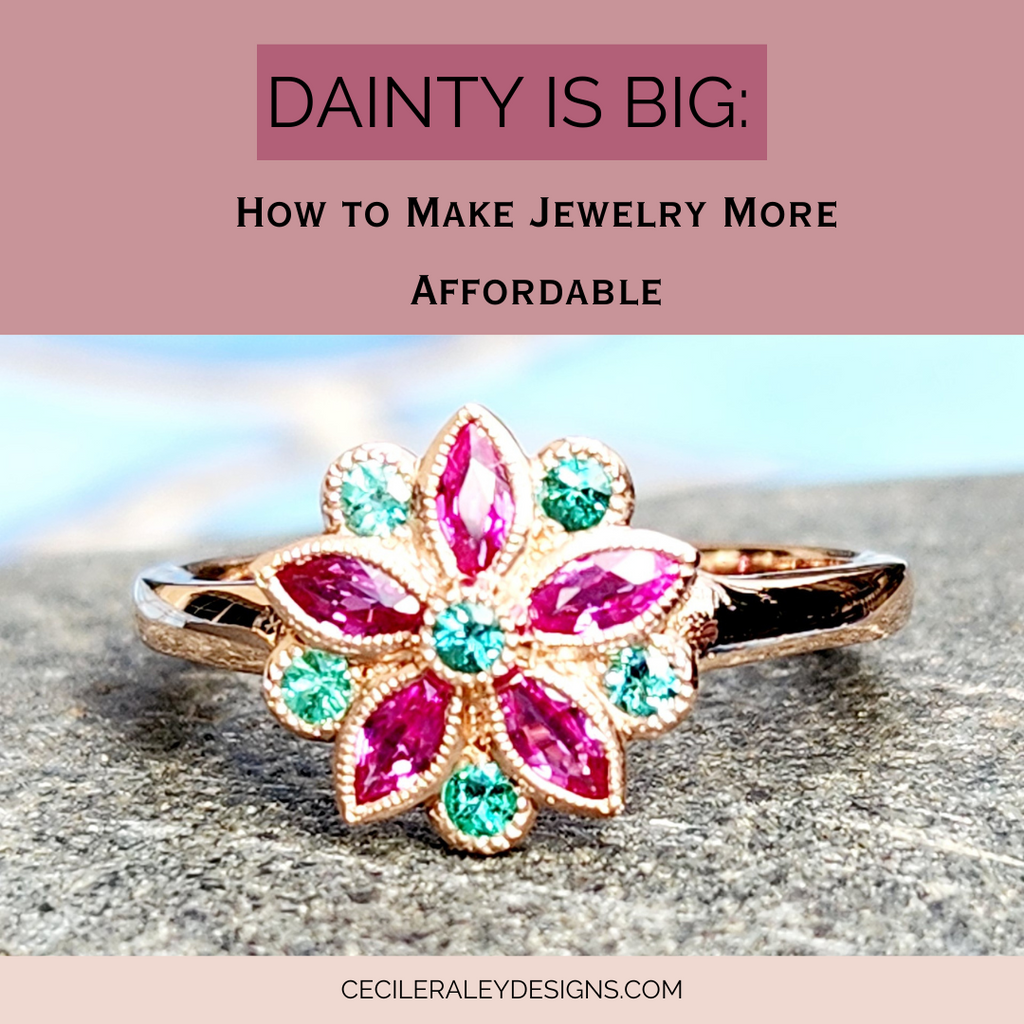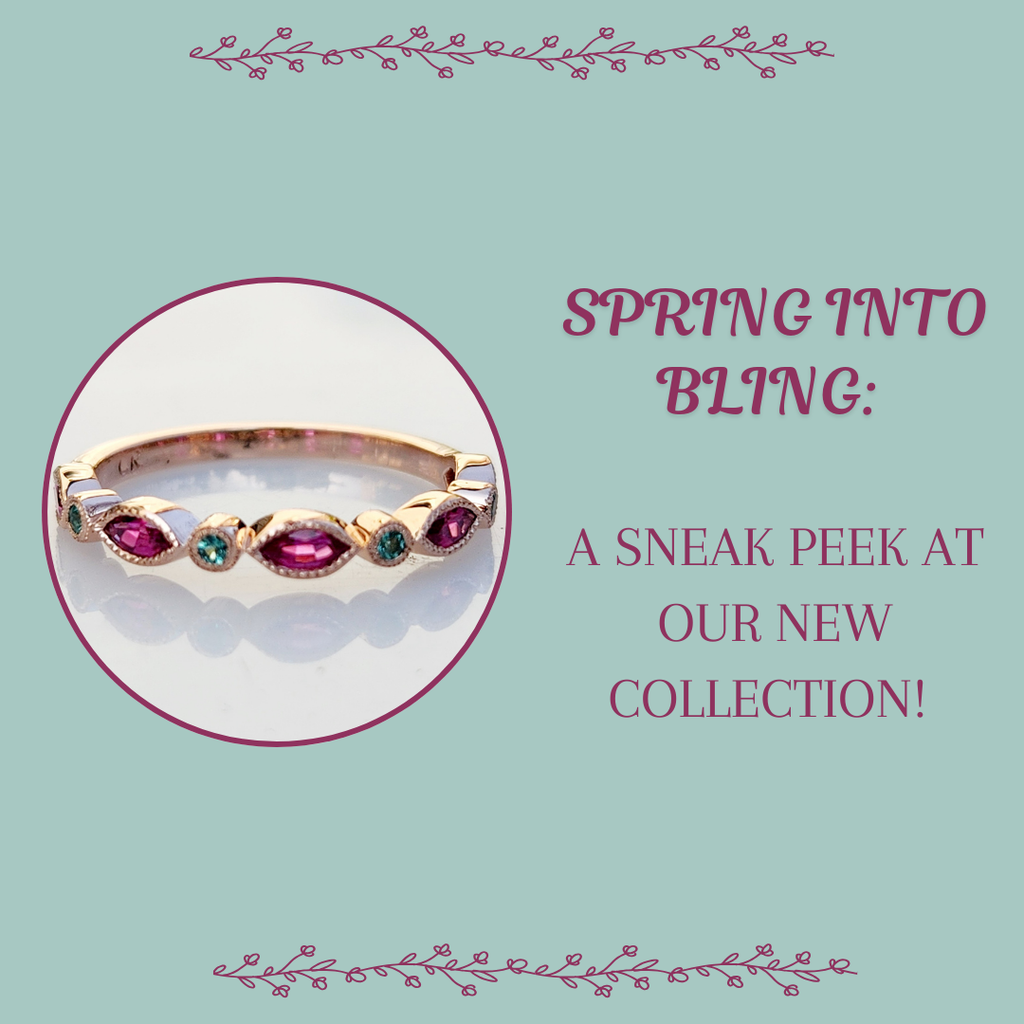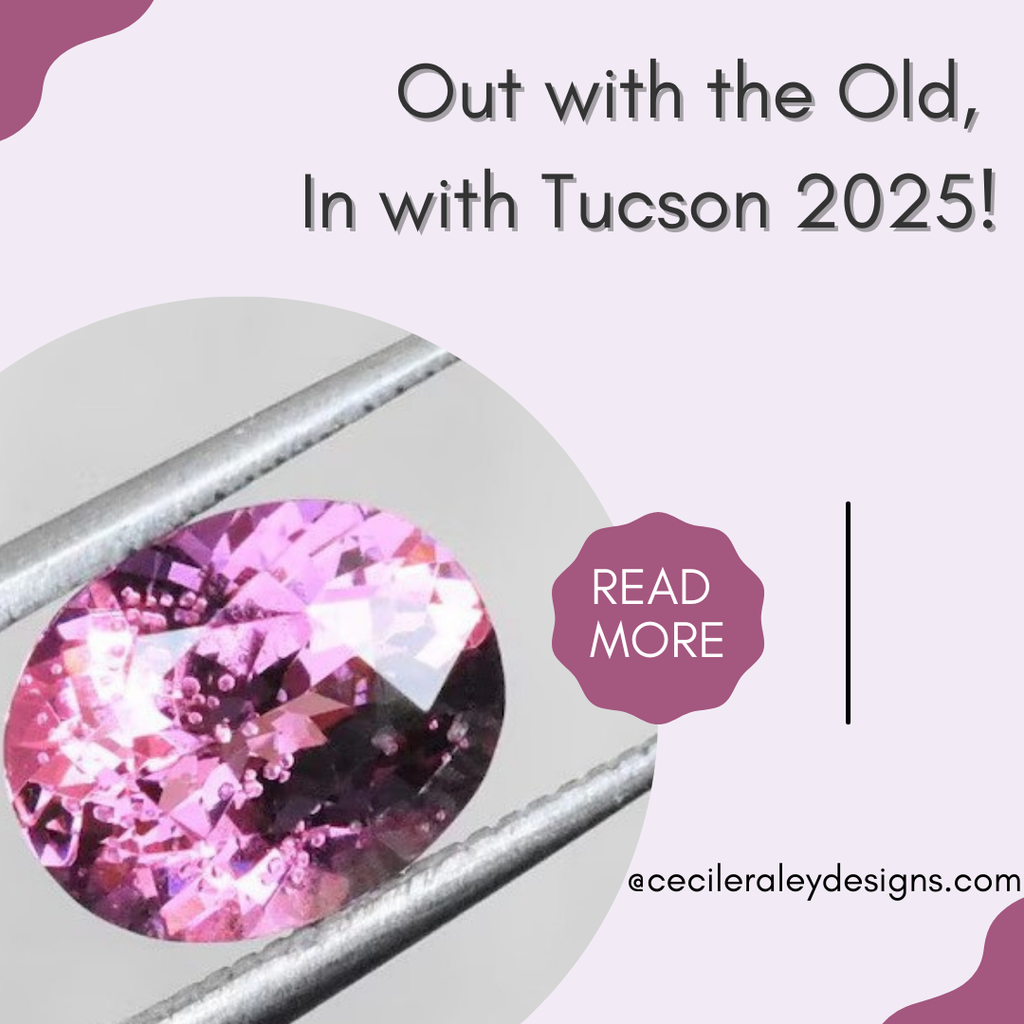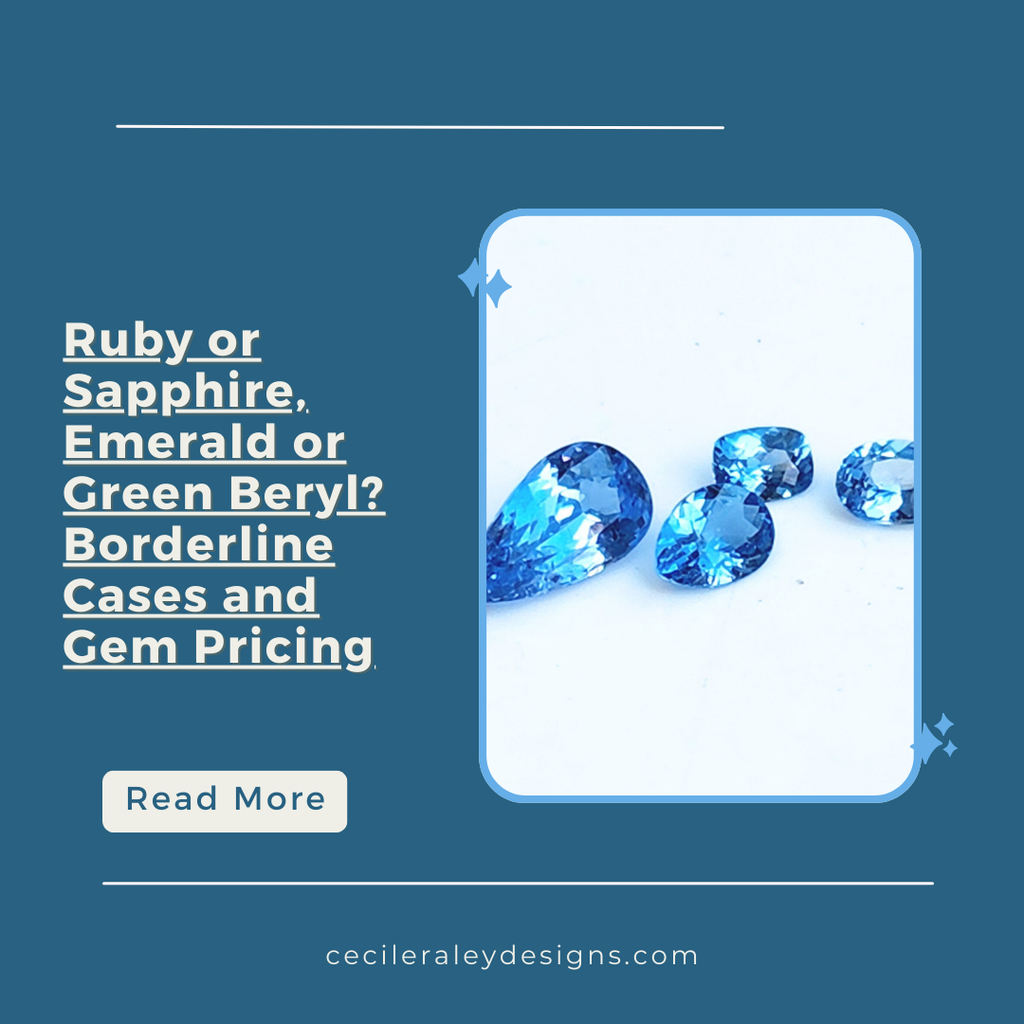2025 The Final Stretch: Holiday Shopping is on!
Every year, I like to compile a little gift guide that will hopefully help you find something interesting for your friends and family. I will shamelessly advertise my own favorite pressies for friends and family, sticking to small and independent shops.
Continue reading

